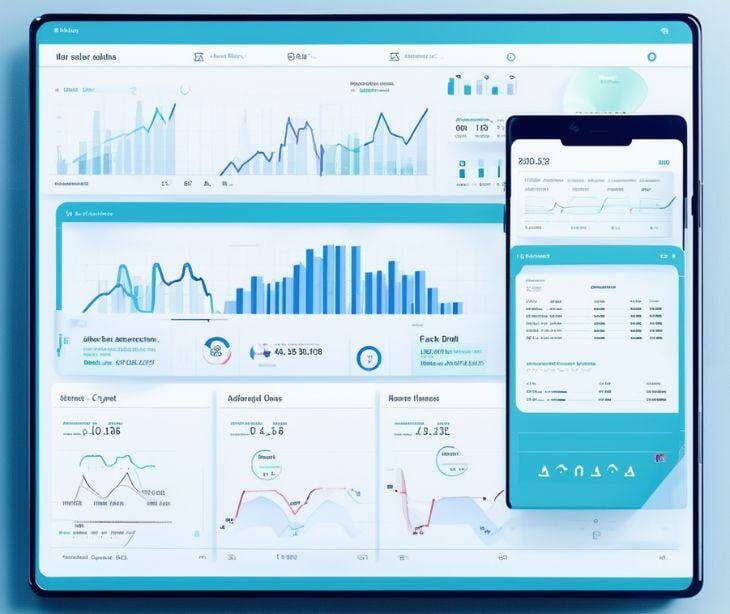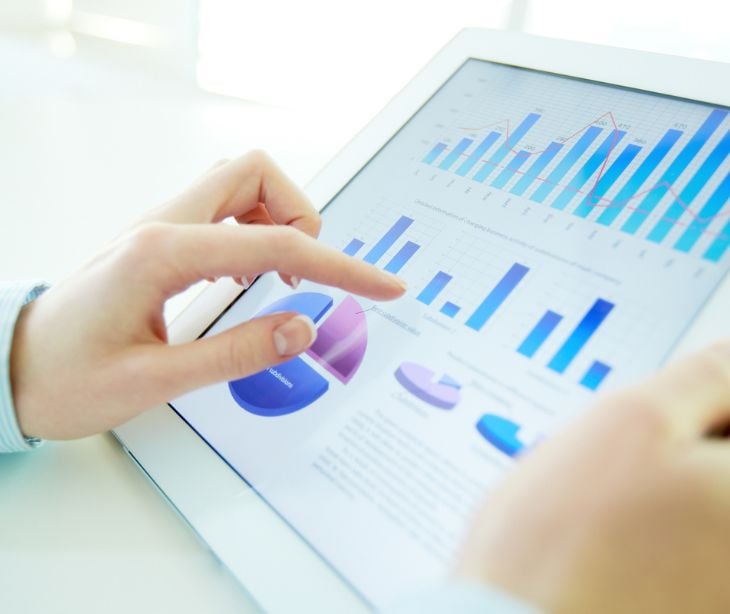
Health data analytics systematically analyzes vast amounts of medical data to uncover insights that inform healthcare decisions. A journal article from the Canadian College of Health Leaders notes, “Health data analytics now includes intelligent methods to capture, integrate, and analyze in real-time heterogeneous unstructured and structured data from clinical and personal health sources to provide predictive, personalized, and patient-centered healthcare intelligence.”
This field integrates technology, data science, and healthcare knowledge to process and interpret the large volumes of data generated in healthcare settings. Unlike traditional data analysis, which often deals with smaller, structured datasets, health data analytics focuses on complex, diverse, and voluminous data sources, ranging from patient records to genomic data.
Descriptive analytics
Descriptive analytics delves into historical data to unearth trends and patterns. This approach is foundational in data analysis, focusing on summarizing past events, typically through engaging dashboards, insightful reports, and informative visualizations. It's the act of painting a picture of what has happened in a healthcare setting using data.
Practical uses in healthcare
- Review patient outcomes
- Track progress in quality improvement initiatives
- Monitor trends in healthcare utilization and costs
Diagnostic analytics
Diagnostic analytics takes a step further, probing into data to comprehend the causes behind established trends and events. It's about asking "why" something happened and uncovering the factors that led to these outcomes.
Application in healthcare
- Conducting root cause analyses of medical outcomes
- Understanding factors behind patient readmissions
- Pinpointing contributors to healthcare events (like disease outbreaks)
Predictive analytics
Predictive analytics is all about forecasting future events by mining historical data. Utilizing statistical models and machine learning algorithms, it offers a glimpse into what could happen in the future based on past patterns.
Uses in the healthcare sector
Healthcare professionals leverage predictive analytics for a multitude of purposes – from predicting patient risk factors and forecasting the spread of diseases to anticipating future healthcare needs or resource demands.
Prescriptive analytics
Prescriptive analytics takes the insights gained from predictive analytics and couples them with decision-making algorithms to suggest actionable strategies. It's not just about predicting the future but shaping it through informed decisions.
Healthcare applications
- Devising personalized treatment plans
- Optimizing hospital resource allocation
- Enhancing overall patient care strategies
Comparative analytics
Comparative analytics involves juxtaposing metrics and outcomes across different populations, timeframes, or clinical settings. It's about drawing comparisons to benchmark performance and gain deeper insights.
Utilization in healthcare
- Benchmarking performance in healthcare
- Comparing treatment outcomes across varied demographics
- Evaluating the efficiency of healthcare providers.
See also: HIPAA compliance and data analytics
Easy steps to use health data analysis in a HIPAA compliant way
- De-identify patient data before analysis to remove any information that could identify individuals.
- Use secure and encrypted systems to store and analyze health data.
- Limit access to health data to only those who need it for analysis.
- Train staff involved in data analysis on HIPAA regulations and data privacy.
- Regularly audit and update security measures to protect health data.
- Obtain patient consent where necessary, especially if using identifiable data.
- Ensure that any third-party vendors handling health data, such as HIPAA compliant email service providers like Paubox, are fully compliant in all aspects of data handling and willing to sign a BAA.
- Keep detailed records of how health data is used and accessed.
- Continuously review and update compliance policies to adapt to new challenges in data analysis.
See also: Using AI in patient data analysis
FAQs
What is healthcare data analytics?
Healthcare data analytics involves analyzing complex sets of healthcare-related data to identify trends, patterns, and insights.
Can healthcare organizations share aggregated patient data for analysis without violating HIPAA?
Yes, as long as the shared data is aggregated and does not contain any identifiable information that could link back to individual patients.
What types of data are used in healthcare analytics?
Healthcare analytics utilizes various types of data, including clinical data (like electronic health records), financial data, administrative data, and patient-reported outcomes.
Subscribe to Paubox Weekly
Every Friday we'll bring you the most important news from Paubox. Our aim is to make you smarter, faster.



